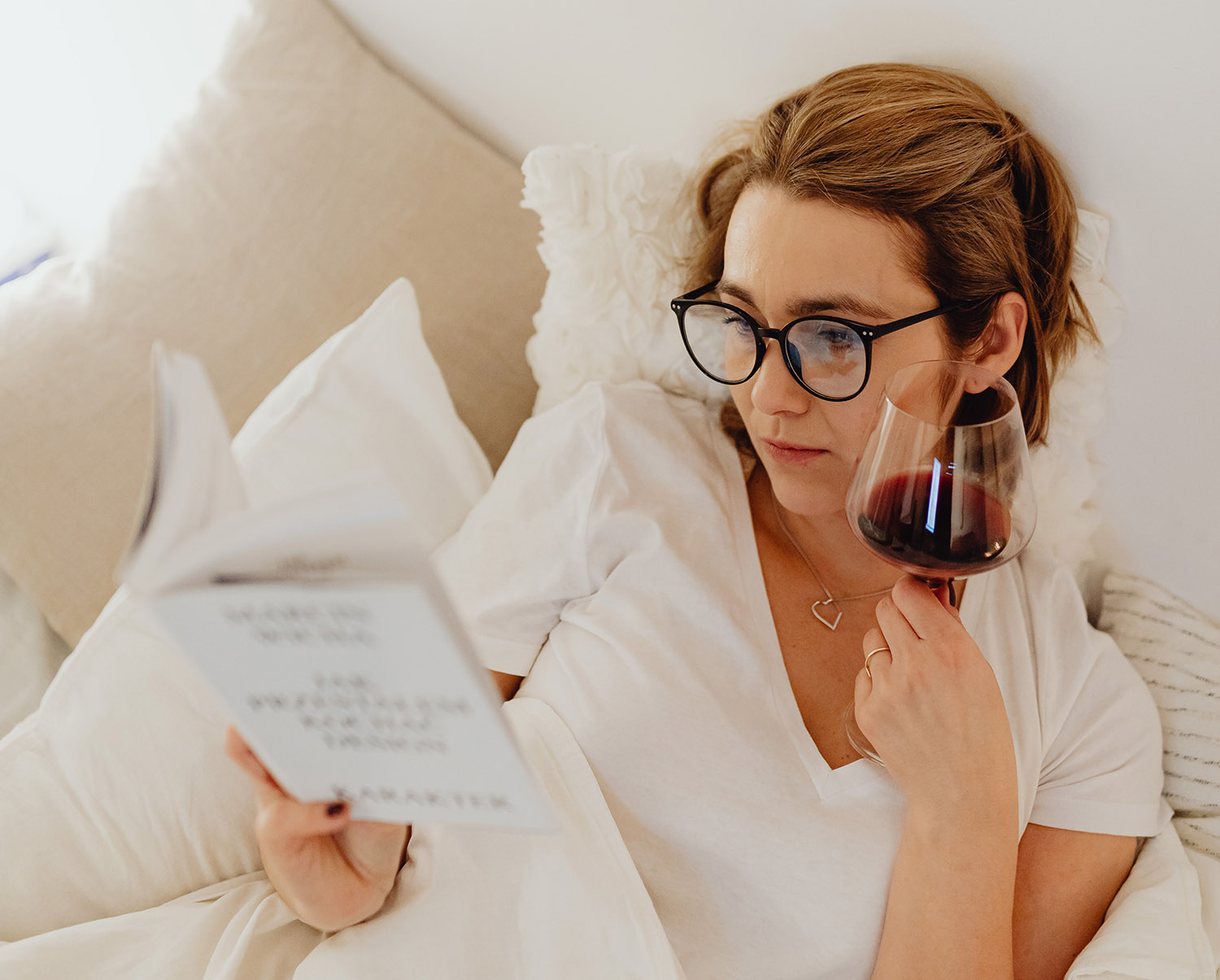
It’s Friday night, you’ve had a long work week, the house is quiet and you’re ready to unwind. You pour yourself a half glass of wine and turn on Netflix. Before you know it, the entire bottle of wine is empty and it’s soon time for bed. Now, this may seem like a normal Friday evening for most, and on occasion is perfectly fine. However, alcohol affects people with diabetes slightly differently, particularly if their blood sugar is uncontrolled. Contrary to popular belief, drinking is not completely off-limits for diabetics with a history of stable blood glucose. Additionally, being mindful of what you drink and how much will help determine a safe alcohol limit and avoid pitfalls such as weight gain, low blood sugar, and high blood pressure. People with diabetes should be extra cautious when consuming alcohol as it can worsen existing complications such as burning or tingling sensation in hands and/or feet, diabetic retinopathy, high triglycerides, or damaged kidneys.
Before you start drinking, ask yourself a few questions:
- Is my diabetes well controlled?
- Is my health care team in agreement that I can have alcohol?
- Am I aware of how alcohol can affect me and my blood sugar levels?
If you can honestly answer, “Yes” to all the above, it is most likely OK to have a drink. Keep in mind the appropriate limit for women is one drink a day and two drinks a day for men to be considered a moderate drinker. One drink is defined as 12 ounces of beer, 5 ounces of wine, or 1.5 ounces of liquor. Examples of good drink choices include light beers or dry wines as they offer less calories and are great for mixing with diet soft drinks, seltzer, or water. Nonetheless, it is still very important to know your limits and be fully aware of the side effects alcohol may cause you.
What happens when you drink?
Glucose, commonly known as sugar, is being made by the liver in between meals and overnight to prevent or slow down a low blood sugar reaction (a.k.a. hypoglycemia). The liver is responsible for sending the sugar into your bloodstream and maintaining stable blood glucose levels. However, it is not great at multitasking. In other words, your liver is also responsible for clearing out toxins i.e. alcohol, therefore, it forfeits maintaining blood sugar balance. This happens particularly when drinking on an empty stomach. So, make sure to have a snack with carbohydrates prior to drinking or with your alcoholic beverage.
The risks:
Can you spot the difference between being drunk or hypoglycemic? Neither can most because they often resemble the same. Slurred speech, drowsiness, confusion, or difficulty walking are common symptoms shared between the two (American Diabetes Association).
The misconception: drinking high-carb drinks is the smarter option to stabilize blood sugar
The reality: Drinking high-carb alcoholic beverages are quickly absorbed by the body and aren’t much help in preventing or treating a low episode hours after drinking. In contrast, food is digested gradually, providing better protection against lows. Wine (apart from sweet dessert wines) and spirits have zero to minimal carbohydrates, only trace amounts.
 Where others may assume your hypoglycemic episode looks like you’ve had one too many, you may actually need help instead. It is important to consider wearing or carry some form of ID acknowledging you have diabetes.
Where others may assume your hypoglycemic episode looks like you’ve had one too many, you may actually need help instead. It is important to consider wearing or carry some form of ID acknowledging you have diabetes.
Secondly, it can interact with certain medications that help lower blood glucose levels. Having impaired judgment can result in mixing up meds, drug-interactions, or forgetting to take them all together. Certain meds i.e. sulfonylureas and meglitinides, act to lower blood sugar levels by stimulating the pancreas to make more insulin. Combine that with alcohol intake and the result could be “insulin shock” which is a medical emergency.
Lastly, drinking can impact your blood sugar levels for up to 12 hours, so it is important to test your levels before going to bed. An acceptable range before bedtime is between 100-140 mg/dL. If it is lower, have a snack to target the aforementioned levels. A good snack option might be half a sandwich, yogurt, cereal with milk, cheese with crackers, or an apple with peanut butter.
How alcohol affects people with diabetes is different from person to person. As always, talk to your doctor first before drinking alcohol. If given the “OK,” ask one of our Dietitians to help find the safest solution that aligns with your health and wellness goals.
RECAP:
- Test levels before and after you drink (including up to 12 hrs post your last drink)
- Eat a meal or snack with carbohydrates or carry glucose tabs with you
- Wear a medical bracelet to identify your condition so others around you are aware of symptoms resembling hypoglycemia
- Never drink alcohol when your blood sugar is already low
- Know your limit – for some this may mean no alcohol at all, for women up to one drink, and men may consume two drinks

Emma Johnson
MS, RD, LDN
Emma was raised in Durham, North Carolina, before receiving a dual bachelor’s degree in Nutritional Science and Biology from Tuskegee University. Her passion for education and evidence-based results led her to complete a master’s degree from Tuskegee University and a second degree in Family Consumer Science from North Carolina Central University.
- https://www.diabetes.org/healthy-living/medication-treatments/alcohol-diabetes
- https://www.healthline.com/health/type-2-diabetes/facts-diabetes-alcohol#1.-Alcohol-interacts-with-diabetes-medications
- https://www.cdc.gov/diabetes/data/statistics-report/index.html
- https://www.hopkinsmedicine.org/gim/faculty-resources/core_resources/Patient%20Handouts/Handouts_May_2012/Mixing%20Alcohol%20with%20your%20Diabetes.pdf
